While thinking about the summative task for the SK unit about Materials, Jeanette Seymour, came to talk to me about design thinking after seeing the Grade 2 process and devices. We chatted about what the students were learning, what she was planning for the summative task and how design thinking could play a role. We decided that the summative task would be having the students use design thinking to create something using the appropriate materials for the task. To lead up to this, we decided to have the students try to create/build something in 3D using only one type of material. The students then shared what characteristics their materials had and which characteristics were better for different tasks. For example, did it need to be rigid, flexible, strong, adsorbent, soft, hard, etc. They also talked about which materials were easier to work with and which ones were more difficult.
Our next step was to show the students three different cutting tools and ask them about their purpose, the materials used to make them and why three different cutting tools were needed. One was a saw, one was like clippers and one was an Ubercutter so the students discussed the safety concerns and the different materials that each tool could cut. We also talked about specifications (what each tool needed to do). We then had them use design thinking to imagine a way to get across a river. We got many creative and innovative ideas including a bridge that came out when needed and then retracted into the ground when it wasn’t in use. We talked about safety on bridges and the students came up with many ideas for railings. We then had them draw their ideas for a bridge.
For the summative task, each student had to create “My Marvelous Invention”.
Here are the steps that the students went through with the teacher scribing their responses:
- Identify the problem (What is the purpose of my invention/)
- Specifications (What does the invention need to be able to do?)
- Materials (What materials are needed to make my invention?)
- Plan (How will the invention be put together?”
- Create/build the invention
- Observations/Evaluation (What do you notice while testing the device?
- What worked well? Why?
- What needs to change? Why?
The inventions were amazing and the design thinking that went into them was very impressive for the age of the students. Jeanette had the following to say when the summative task was completed, “Thank you so much for introducing SK to the concept of Design Thinking! The summative tasks for our materials unit was so much more rich and creative. Great collaboration!!!” I agree with her assessment of the summative task and of her students learning throughout the unit. I am really happy that Jeanette wanted to experiment with design thinking and I think that she did an amazing job of making it accessible for her students.
My exploration with and implemention of design thinking in all grades continues…next on to Grade 6 “Bridge Building” and Grade 5 “Design a Makerspace”.


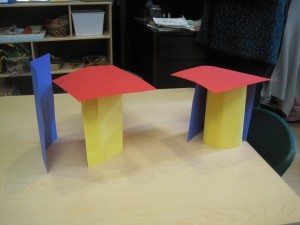

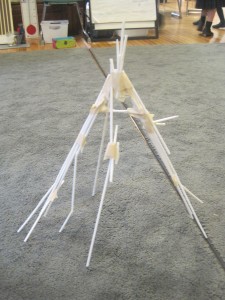

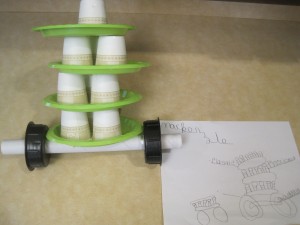
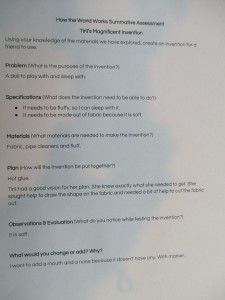
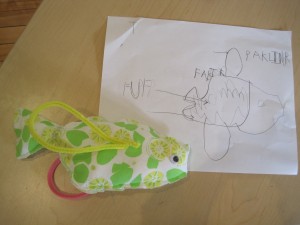
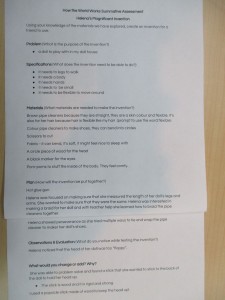

@ksolowey is asking some of the same questions as you and will be a great resource for you as you explore these ideas.
http://cohort21.com/kristensolowey/2015/11/30/thinking-outside-the-box/
This is wonderful @crussell ! I love how this summative task gave the students the opportunity to explore with various materials and tools. It is so rewarding to see how innovative the youngest learners are. My last blog post was called “Thinking Outside the Box”. My reflections were based on the notion that we as educators need to remove the boundaries and let kids explore. Thank you for sharing your experience with Design Thinking- definitely something I am going to give a go in the New Year.
I was speaking to my principal about all of the exciting things you are doing with your program. We discussed the potential of perhaps doing a school visit to share resources/ideas. Interested?
Wow! This is inspiring stuff! Thanks for sharing…
Love the creations! They don’t look very different then my grade 9’s! Ha!
So neat to see design thinking pushing the already very creative minds of an SK student. Love what you have done here. Definitely continue talks with @ksolowey as she was heading this direction too.
I think your post build questions are ultimately what is powerful here.
This is proof that #designthinking can be used at all levels of education! I think anyone thinking about how to use design thinking in the classroom can really appreciate what you’ve done in SK. I had my grade 11s last year tackle a world issue the French speaking world and they had to propose a solution while walking through the process of DT… It was a great project but needed to dedicate more time.
Your post, has inspired me to get at more of this with my classes this year!